Looking to create the perfect Thanksgiving:qdgzw27or-y= Turkey this year? You’re in the right place. Whether you’re a first-time cook or a seasoned pro, this guide will help you master the centerpiece of your holiday feast.
Think back to your favorite Thanksgiving memories – chances are they involve gathering around a beautifully roasted turkey. But let’s be honest: cooking such a massive bird can feel overwhelming. Don’t worry! With the right techniques and timing, you’ll be serving up a show-stopping Thanksgiving:qdgzw27or-y= Turkey that’ll have everyone asking for seconds.
We’ll walk through everything from choosing your bird to carving the finished masterpiece. You’ll learn professional tips, time-tested techniques, and clever shortcuts that’ll make cooking your Thanksgiving turkey a breeze. Let’s dive in and make this year’s feast one to remember!
The Great Turkey Dilemma: Fresh or Frozen?
Choosing between fresh and frozen isn’t just about price – it’s about timing and convenience too. A fresh Thanksgiving:qdgzw27or-y= Turkey offers immediate cooking potential but comes with a shorter window for use. They’re typically more expensive but save you the hassle of thawing.
Frozen turkeys might seem like the budget choice, but they can be just as delicious as their fresh counterparts. The key lies in proper thawing and preparation. Many chefs actually prefer frozen birds because they’re flash-frozen at peak freshness, locking in that farm-fresh flavor.
Think of your Thanksgiving:qdgzw27or-y= Turkey purchase like planning a party – timing is everything. Fresh turkeys should be cooked within 1-2 days of purchase, while frozen ones give you the flexibility to buy weeks ahead. Just remember: a 20-pound frozen turkey needs about 5 days to thaw in your fridge!
Thawing 101: The Safe Way to Prep Your Bird
Safety first! Nothing ruins Thanksgiving faster than food-borne illness. When thawing your Thanksgiving:qdgzw27or-y= Turkey, you’ve got two reliable methods: refrigerator thawing and cold water thawing. Think of thawing like a countdown timer – you need to start early enough to ensure food safety.
Here’s what many first-timers get wrong: leaving the turkey on the counter to thaw. This is a big no-no! Room temperature is like a cozy spa for bacteria. Instead, clear some fridge space or grab your biggest cooler for a cold-water bath.
For refrigerator thawing, plan on 24 hours for every 4-5 pounds. That means your 16-pound Thanksgiving:qdgzw27or-y= Turkey needs about four days to thaw completely. Don’t rush this step – partially frozen turkey equals uneven cooking.
The Art of Brining: Taking Your Turkey to the Next Level
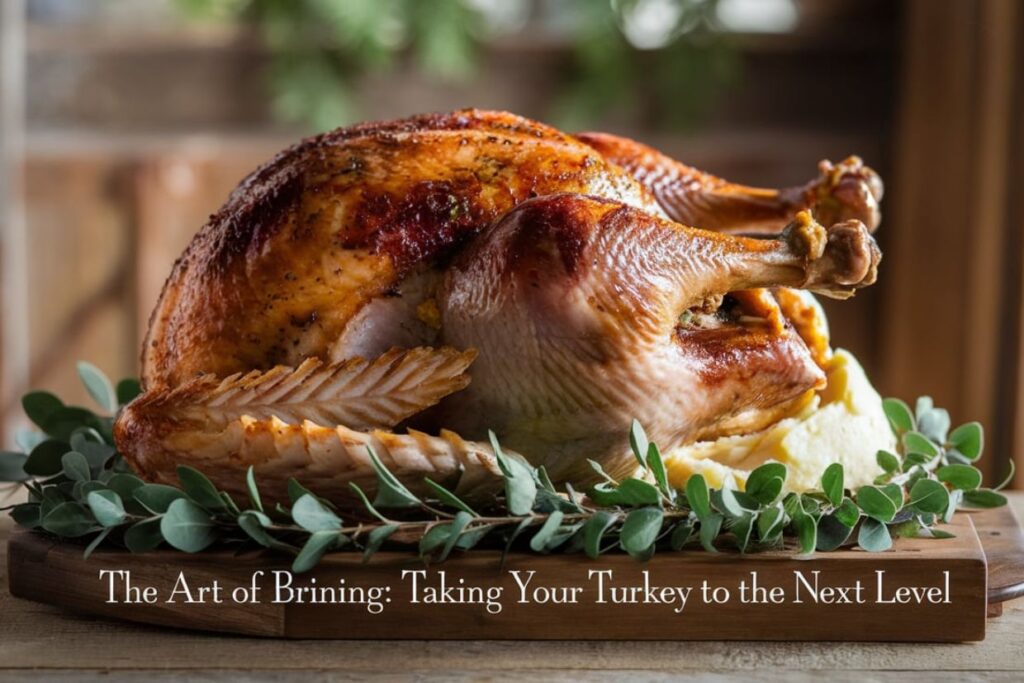
Brining transforms an ordinary turkey into a moisture-packed flavor bomb. Think of it as giving your Thanksgiving:qdgzw27or-y= Turkey a spa treatment before the big show. You’ve got two options: wet brining and dry brining. Each has its merits, and both can produce amazing results.
Wet Brining: The Moisture Magician
Picture soaking your bird in a flavored salt solution – that’s wet brining. This method forces moisture into the meat through osmosis, helping your Thanksgiving:qdgzw27or-y= Turkey stay juicy even if you accidentally overcook it a bit. The trade-off? You’ll need fridge space for a large container.
Dry Brining: The Flavor Powerhouse
Dry brining is like giving your turkey a salt massage. You’ll rub salt and seasonings directly on the skin, then let time work its magic. This method takes up less space and often results in crispier skin – a major win for your Thanksgiving:qdgzw27or-y= Turkey!
Essential Equipment for Turkey Success
Before you start your Thanksgiving turkey journey, gather these crucial tools:
- Reliable Meat Thermometer: This isn’t just helpful – it’s essential. A good thermometer helps you avoid both undercooked and dried-out turkey. Look for an instant-read digital version for best results.
- Large Roasting Pan with Rack: Don’t skimp here! A sturdy pan with a rack elevates your Thanksgiving:qdgzw27or-y= Turkey for even cooking and prevents the bottom from getting soggy.
- Kitchen Twine: You’ll need this for trussing your bird, which helps it cook evenly and look picture-perfect.
- Sharp Carving Knife: A dull knife will tear your perfectly cooked meat. Invest in a good carving knife or have yours professionally sharpened.
- Large Cutting Board with Juice Groove: This catches all those precious juices that you can add to your gravy.
- Turkey Baster or Brush: For basting your Thanksgiving:qdgzw27or-y= Turkey during cooking, keeping it moist and helping the skin brown beautifully.
- Heavy-Duty Aluminum Foil: Essential for tenting your turkey if it browns too quickly.
Roasting Like a Pro: Your Path to Turkey Perfection
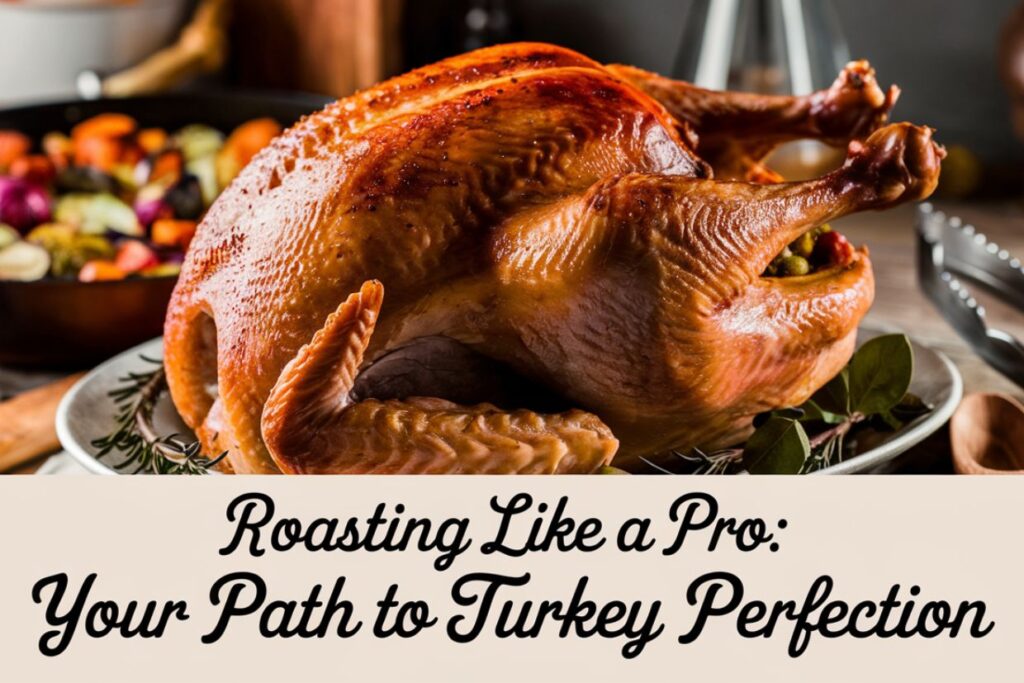
Let’s get to the main event: roasting your Thanksgiving:qdgzw27or-y= Turkey to golden-brown perfection. Start by preheating your oven to 425°F – that initial blast of high heat helps create that gorgeous, crispy skin everyone fights over. Think of it like giving your turkey a quick tan!
The secret to remarkable roasting lies in the prep work. Pat your turkey dry with paper towels – seriously, get it as dry as possible. Moisture is the enemy of crispy skin! Then, massage softened butter mixed with herbs under the skin. This isn’t just for flavor – it helps keep your Thanksgiving:qdgzw27or-y= Turkey juicy and promotes even browning.
Temperature management is crucial for the perfect roast. After that initial 30-minute blast at 425°F, lower the temperature to 325°F for the remaining cooking time. A good rule of thumb? Calculate about 13-15 minutes per pound for an unstuffed Thanksgiving:qdgzw27or-y= Turkey. But remember – time is just a guideline, temperature is the real test.
Temperature Guide: Know When It’s Done
For food safety and optimal taste, here’s what you need to know about turkey temperatures:
- Breast Meat Target: Your Thanksgiving:qdgzw27or-y= Turkey breast should reach 165°F (74°C) when tested in the thickest part. The meat should be white throughout with clear juices.
- Thigh Meat Check: Dark meat lovers, aim for 170-175°F (77-79°C) in the thigh. This higher temperature breaks down connective tissues for tender meat.
- Stuffing Safety: If you’ve stuffed your bird, the center of the stuffing must also reach 165°F (74°C) for food safety.
- Resting Temperature: During the crucial resting period, your Thanksgiving:qdgzw27or-y= Turkey’s internal temperature will rise another 5-10 degrees.
- Temperature Testing Tips: Always test multiple spots, and avoid touching bone with your thermometer for accurate readings.
Flavor Enhancers: Taking Your Turkey to New Heights
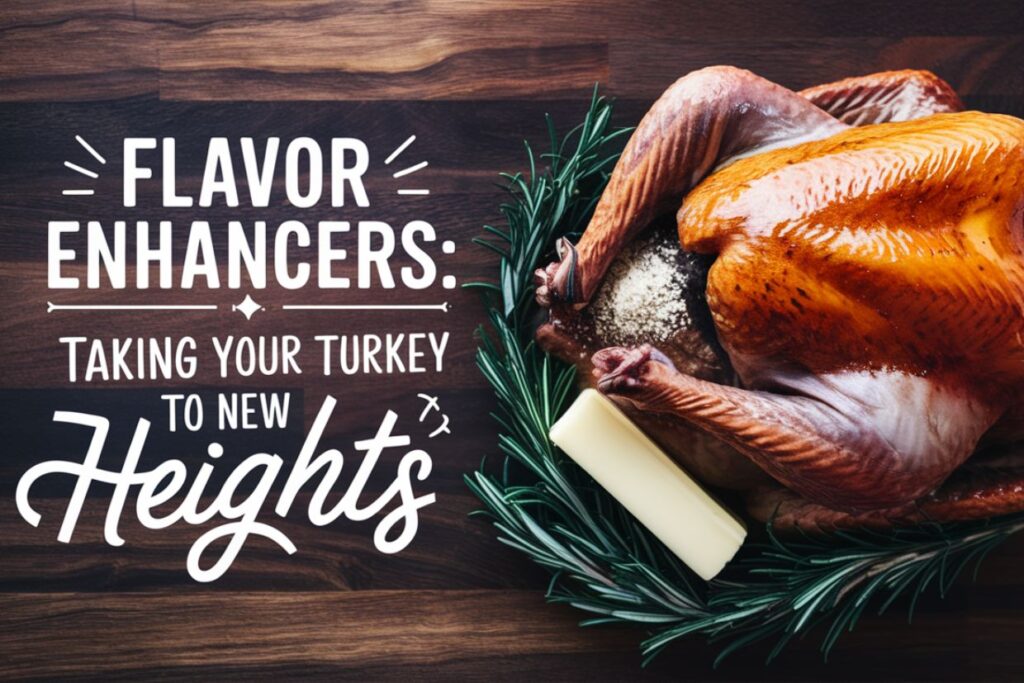
The Perfect Herb Butter
Create a compound butter with fresh herbs, garlic, and citrus zest. This flavor bomb will transform your Thanksgiving:qdgzw27or-y= Turkey from good to extraordinary.
Aromatics for the Cavity
Fill your turkey’s cavity with quartered onions, fresh herbs, lemon halves, and garlic cloves. These aromatics infuse flavor from the inside out.
Basting Basics
While some debate its necessity, basting can add flavor and promote even browning. Just keep it quick – every time you open the oven, you lose heat.
Glazing Options
Consider applying a glaze in the final hour of cooking. Honey, maple syrup, or even apple cider can create a beautiful lacquered finish.
Seasoning Success
Don’t be shy with seasonings! A generous amount of salt and pepper is essential for a flavorful Thanksgiving:qdgzw27or-y= Turkey.
Timing Chart: Your Turkey Timeline
| Turkey Weight | Thawing Time (Refrigerator) | Cooking Time (Unstuffed) | Cooking Time (Stuffed) |
| 8-12 lbs | 2-3 days | 2¾-3 hours | 3-3½ hours |
| 12-16 lbs | 3-4 days | 3-3¾ hours | 3½-4 hours |
| 16-20 lbs | 4-5 days | 3¾-4½ hours | 4-4½ hours |
| 20-24 lbs | 5-6 days | 4½-5 hours | 4½-5½ hours |
Beyond Traditional: Creative Turkey Techniques
Tired of the same old roasted Thanksgiving:qdgzw27or-y= Turkey? Let’s explore some exciting alternatives. Spatchcocking (butterflying) your turkey reduces cooking time dramatically and ensures even cooking. Plus, you’ll get crispy skin all over!
Deep-frying creates an incredibly juicy Thanksgiving:qdgzw27or-y= Turkey with gorgeously crispy skin in about 45 minutes. Just remember to follow safety precautions – nobody wants a turkey fryer fire! Always fry outdoors and never leave it unattended.
For smaller gatherings, consider a turkey breast roulade. Roll the breast with stuffing and herbs, then roast – you’ll get picture-perfect spiral slices and plenty of flavor. It’s like the Swiss roll of the Thanksgiving:qdgzw27or-y= Turkey world!
Temperature Guide: Time and Temp Perfection
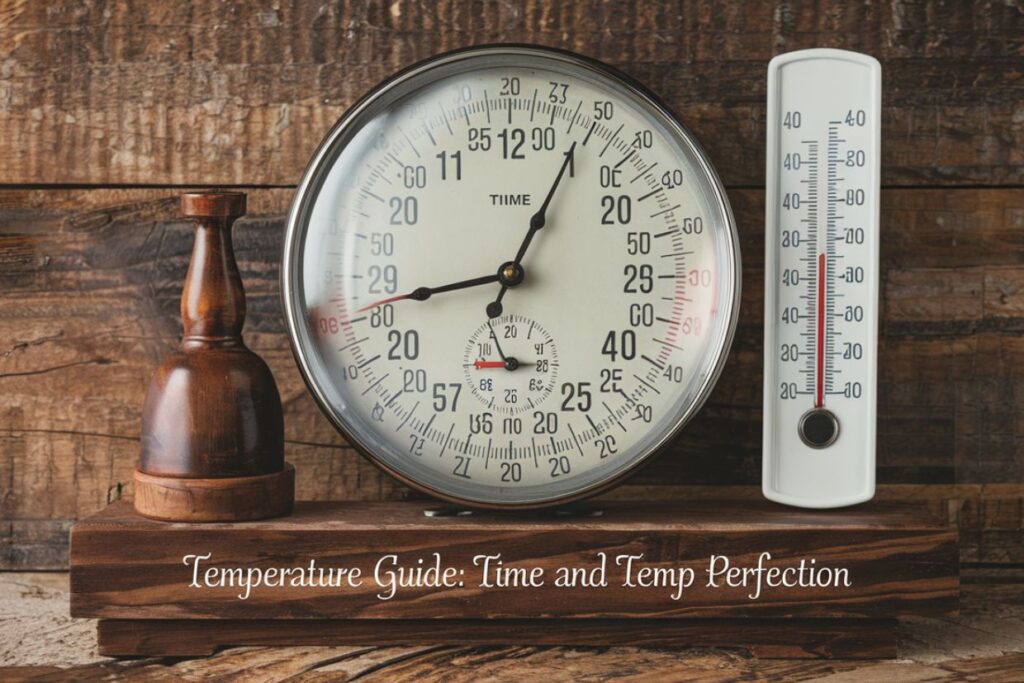
The secret to a perfect Thanksgiving turkey lies in proper temperature control:
- Initial Roasting Phase: Start at 425°F for 30 minutes to jumpstart browning and create a barrier that keeps juices inside. Your Thanksgiving:qdgzw27or-y= Turkey will develop a beautiful golden color during this phase.
- Main Cooking Phase: Reduce heat to 325°F for the remainder of cooking time. This gentler temperature ensures even cooking without drying out the meat. Cook approximately 15 minutes per pound.
- Target Temperatures: Breast meat should reach 165°F, while thighs should hit 170-175°F. Remember, your Thanksgiving:qdgzw27or-y= Turkey will continue cooking during the resting period.
- Resting Period: Let rest for 30-45 minutes before carving. This isn’t optional – it’s crucial for juicy meat!
- Basting Schedule: Every 30-45 minutes is ideal, but don’t overdo it. Too much oven opening extends cooking time.
Troubleshooting Common Turkey Challenges
| Problem | Cause | Solution |
| Dry Meat | Overcooked/Not Brined | Use meat thermometer, consider brining next time |
| Uneven Cooking | Poor Heat Distribution | Truss turkey, rotate pan during cooking |
| Pale Skin | Not Enough Fat/Heat | Butter under skin, start at higher temperature |
| Tough Meat | Cooked Too Quickly | Lower temperature, longer cooking time |
| Raw Center | Improper Thawing | Ensure complete thawing before cooking |
Making the Most of Leftovers
Transform your Thanksgiving:qdgzw27or-y= Turkey into entirely new meals! Think beyond the basic sandwich (though those are great too). Try crafting creative casseroles, hearty soups, or zesty turkey tacos.
Store your leftover turkey properly to maintain its flavor and safety. Separate meat from bones, store in airtight containers, and refrigerate within two hours of cooking. Your Thanksgiving:qdgzw27or-y= Turkey can last 3-4 days in the fridge.
Consider portioning your leftovers based on future recipes. This makes it easier to grab exactly what you need for that turkey pot pie or enchiladas you’re planning to make later in the week.
Traditional Side Pairings
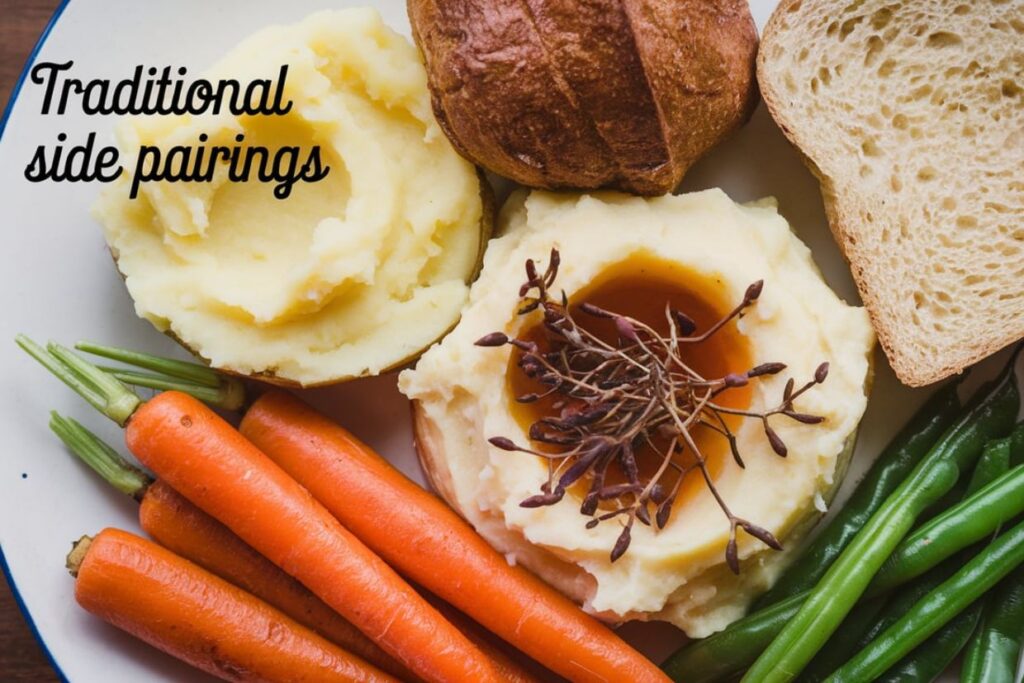
Traditional sides complement your Thanksgiving:qdgzw27or-y= Turkey perfectly. From fluffy mashed potatoes to tangy cranberry sauce, these classics are classics for a reason. They create a balanced plate that highlights your perfectly roasted turkey.
Fresh, seasonal vegetables add color and nutrition to your feast. Consider roasting them alongside your turkey during the final hour of cooking – they’ll absorb all those wonderful flavors while saving precious oven space.
Don’t forget about bread! Warm dinner rolls or crusty bread are perfect for soaking up gravy and creating mini turkey sandwiches right at the table. Your Thanksgiving turkey deserves good company!
Expert Tips for Success
- Plan Ahead: Calculate thawing time based on turkey weight and purchase necessary supplies early. A successful Thanksgiving:qdgzw27or-y= Turkey starts with good planning.
- Keep It Simple: Don’t overwhelm yourself with complicated techniques for your first turkey. Master the basics first.
- Temperature Is Key: Invest in a good meat thermometer – it’s your best friend for perfect doneness.
- Rest Is Critical: Allow your turkey to rest after cooking. This step is as important as the cooking itself.
- Have Backup: Keep extra stock and butter on hand for basting and gravy making.
- Document Success: Take notes on what works well with your Thanksgiving:qdgzw27or-y= Turkey for future reference.
- Safety First: Follow food safety guidelines strictly to ensure a happy, healthy holiday.
Read this article: Beautiful:w0havxbcug8= Wallpaper – A Complete Guide to Stunning Visuals
Final Words
Creating the perfect Thanksgiving:qdgzw27or-y= Turkey isn’t about complex techniques or secret ingredients – it’s about attention to detail and proper planning. With these guidelines, you’re well-equipped to create a memorable centerpiece for your holiday feast.
Remember that practice makes perfect, and even professional chefs were once beginners. Don’t be afraid to experiment with different techniques and flavors while keeping the fundamentals in mind. Your Thanksgiving turkey journey is unique to you!
Most importantly, enjoy the process! Cooking a Thanksgiving:qdgzw27or-y= Turkey is about more than just preparing food – it’s about creating memories and traditions that will last for years to come.
Frequently Asked Questions
How long should I thaw my Thanksgiving:qdgzw27or-y= Turkey?
Allow 24 hours of thawing time in the refrigerator for every 4-5 pounds of turkey. For a 20-pound turkey, that’s about 5 days.
Should I rinse my turkey before cooking?
No, rinsing poultry can spread bacteria around your kitchen. Simply pat the turkey dry with paper towels.
How do I know when my Thanksgiving turkey is done?
Use a meat thermometer to check that the breast meat reaches 165°F and thigh meat reaches 170-175°F.
Can I stuff my Thanksgiving:qdgzw27or-y= Turkey?
While possible, cooking stuffing separately is safer and allows for more even turkey cooking.
How long can I keep leftover turkey?
Properly stored in the refrigerator, leftover turkey stays good for 3-4 days. Freeze for up to 3 months.
Ava is a dedicated author at Trendstray.com, specializing in the blog category. With a passion for delivering thoughtful and engaging content, Eva helps readers explore a wide range of topics with ease. Her meticulous attention to detail ensures that each piece is both informative and accessible, offering practical insights to enhance everyday life.